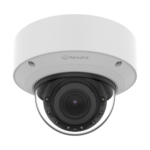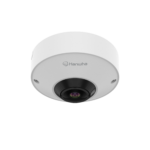2024.11.15
Intelligent Video Surveillance Solutions to Protect Onshore Well Sites
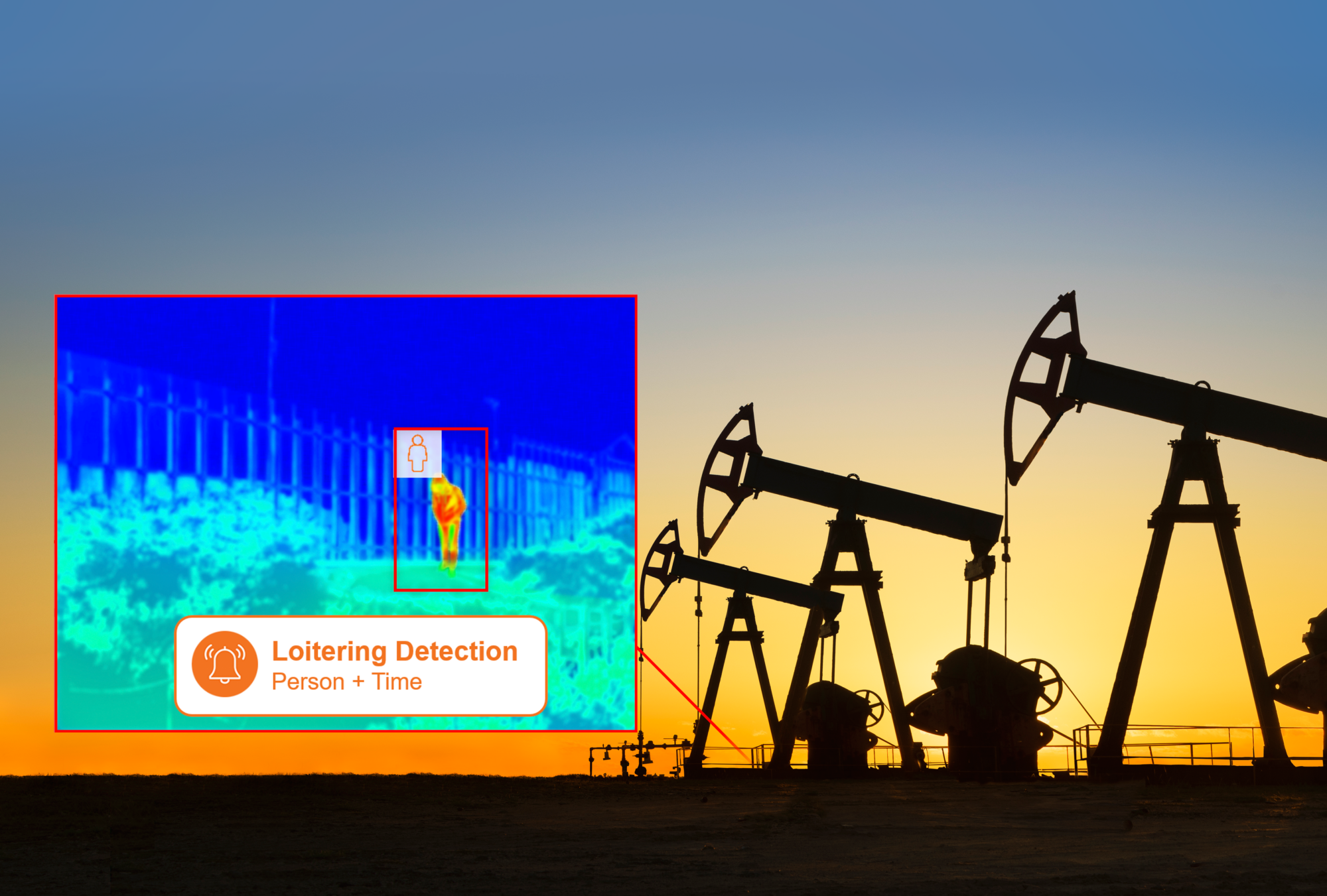
For oil and gas operators, protecting and optimizing the productivity of remote, onshore well sites is never easy.
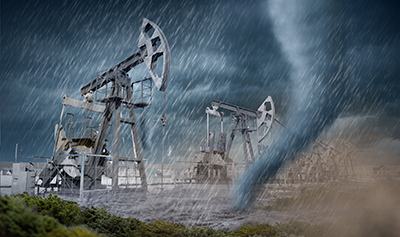
Common threats that cause downtime include – equipment operating in harsh conditions (extreme temperatures, wind, tornados, hurricanes), and thieves looking for opportunities to steal expensive batteries, copper wiring, heavy-steel mats, smaller tools, heavy-duty equipment accessories, and even fuel.
Previous estimates have cited annual oilfield theft in the United States as being more than $1 billion. Many in the industry say the true number today is much higher.
In a December 2023 report, KBTX TV, a Texas-based CBS television affiliate noted how thieves had successfully targeted “six to seven well sites” in nearby Burleson County. The area is among the top 10% percent for U.S. for oil and gas production based on barrels of oil equivalent (BOE).
For regions that are close to oilfields, this is an all too common scenario. Just check online and you’ll see so many similar stories from across the world, like in Canada, Latin America, Europe, Asia, and more. Many of these reports highlight how theft or looting incidents often occur in late night hours between 10 p.m. and 3 a.m.
So, how do we stop this? And, enable well sites to be safer, smarter, and more productive.
For starters, utilizing intelligent, AI-enabled surveillance system is a great way to protect well sites and optimize the performance of the mission-critical equipment that powers these operations. Here are a few reasons why.
Managing Access Points & Entries
Safe operations starts with keeping intruders out of your facility. This can be best accomplished by using various, high-performance camera solutions, integrated with a smart Video Monitoring System (VMS), like our Wisenet offering.
Since most oilfields are fairly large, and are in remote locations, we often recommend our Hanwha Vision multi-directional, AI-enabled PTZ cameras devices for perimeter monitoring.
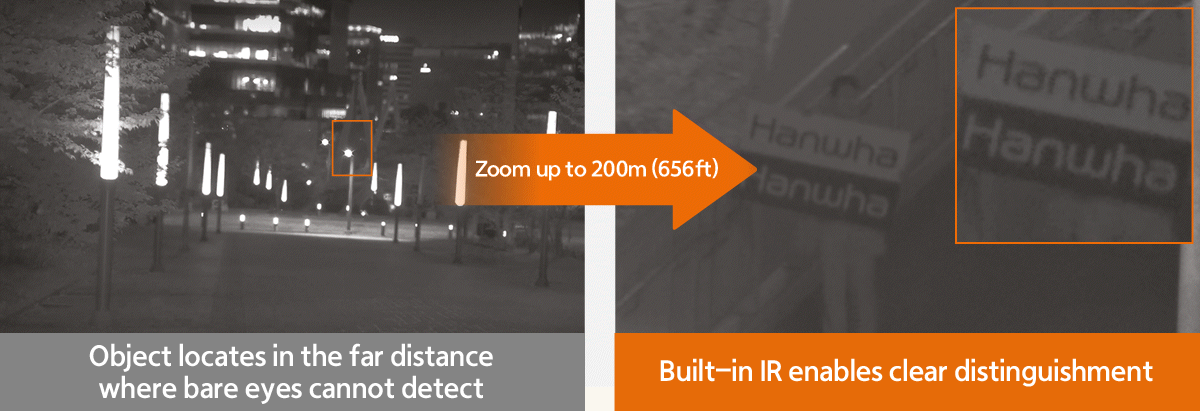
They are well-suited to monitor large locations, since they effectively cover wide areas and far distances.
With a single multi-sensor device taking the place of several conventional cameras, it also helps lowers total cost of ownership (TCO), reduce installations costs, and simplifies ongoing device management requirements.
These units can continuously monitor and analyze vast amounts of data in real-time, while machine learning algorithms detect unusual patterns and behaviors, such as unauthorized access attempts to restricted spaces.
When the AI system identifies an unauthorized attempt to access a secure area, it responds swiftly by automatically locking down the area, notifying security personnel with audio and/or digital alerts, and logging the incident for further investigation.
To complement the PTZ cameras, we recommend incorporating appropriate fencing, laser fence lines, horns and IR illuminators. In addition, as needed, strategically placed thermal cameras can also further strengthen a facility’s external security posture.
The outdoor models of our new high-performance bi-spectrum radiometric thermal AI cameras, are ideal for use in perimeter protection of oil and gas sites, with the ability to detect a wide range of temperatures from -4℉ to 266℉ (-20℃ to 130℃).
Supporting AI on thermal and visible sensors, they can also detect objects in difficult lighting conditions, such as complete darkness, fog, or rain, and alert operators to potential intrusion, loitering, or other suspicious behaviors.

Along with detecting human faces, particular vehicles and number plates, these cameras help limit common causes of false alarms by ignoring irrelevant motion, such as wind-blown trees, shadows, stray objects, or animals moving.
Learn about the newest addition to our P-series multi-sensor cameras, the Hanwha Vision PNM-C32084RQZ. With a high-resolution 8MP x 4 multi-sensor, multi-directional camera that incorporates an NVIDIA Jetson, it enables unparalleled AI processing directly on the edge.
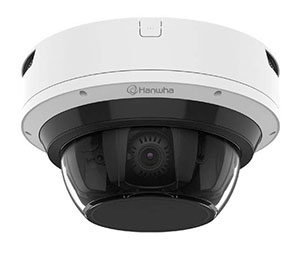
Better Equipment & Environmental Monitoring
See Anomalies at the Earliest Warning Signs.
Keeping employees safe and equipment operating in peak condition, for as long as possible, is an essential part to the overall efficiency and profitability of oil and gas sites.
By implementing the right combination of AI-enabled explosion-proof, PTZ, and thermal cameras, companies can optimize their equipment monitoring practices, ensuring that small problems are identified at their earliest warning signs and do not lead to extended downtime or pose larger safety and/or environmental challenges.
Thermal cameras, like our AI radiometric thermal cameras, are especially valuable because of their ability to effectively monitor equipment subjected to extreme temperature conditions, with a temperature detection range of -40℉ to 1022℉ (-40℃ to 550℃). Temperature changes are often among the earliest warning signs of equipment overload and performance problems.

They are well-suited to monitor tanks, flares, and oil wells. They also can identify leaks more precisely and quickly than other options, and can track gas plumes even after a leak has been fixed. This can help companies avoid costly fines and minimize their environmental impact.
In addition, they can also identify other common early warning signs that may impact future equipment performance and durability. These include signs of corrosion and changes in fluid composition, pressure, vibration, and damaged insulation.
Even slight variations in these levels can signal current or future performance challenges, including leaks, potential blockage, fluid depletion, water breakthrough, gas coning, or other chemical reactions.
Reducing Risk Via Real-Time Remote Monitoring
By enabling remote, real-time monitoring, network surveillance systems can deliver a range of environmental, operational, and safety-related benefits. Companies can generate valuable costs savings by reducing the amount of personnel and staff time required to conduct 24-7 equipment surveillance.
The ability to perform precise, real-time monitoring from centralized, offsite locations, allows companies to better protect their employees by reducing the number of physical inspections needed for equipment. Limiting human and equipment interaction is especially valuable when operating in remote offshore locations, where access to hospitals or certain medical specialists is limited.
Ensure Employees Are Following Safe Procedures & Simplify Compliance Reporting
Traditionally, monitoring and reporting on compliance with the numerous health and safety regulations for oil and gas operators has been a challenging, costly, and time-consuming effort.
For safety training, companies spend extreme amounts of money for education, signage, video demonstrations, and classroom analysis. With intelligent, AI-enabled security systems, combined with IP audio solutions, companies can better track how their training investments are paying off — and how employees are adhering to key safety and compliance best practices.
AI-powered surveillance systems help accurately monitor and track if employees are not following key safety guidelines, helping them to avoid accidents and ensure they use proper protective equipment.
Alert sensors and audio network solutions can detect and call out when employees are not following procedures or wearing the recommended personal protective equipment (PPE) such as safety goggles, helmets, masks, or protective suits.
These technologies can also identify and provide safety alert messages if employees come too close to dangerous equipment, or have any worksite or health-related health issue, like falling or passing out.
Finally, when it comes to compliance reporting and incident tracking, AI-enabled electronic security systems can significantly reduce costs and time.
They feature comprehensive logging and reporting features can automatically generate reports on security incidents, access control logs, and even surveillance footage. This allows security professionals to effortlessly demonstrate compliance with regulatory requirements and further enforce compliance and safety standards to employees.
For oil and gas operators, success is dictated by the safety, efficiency, and productivity of their operations. By choosing the right cost-effective video surveillance solutions, companies can better prevent theft, protect their people, and ensure that the critical equipment they rely on most, is delivering optimal, long-lasting performance.
